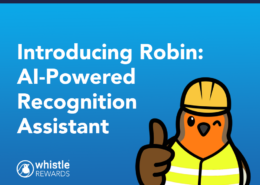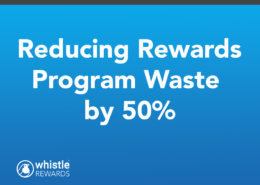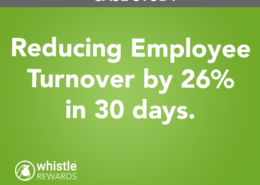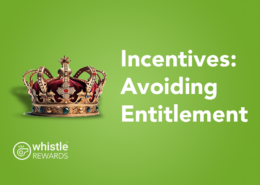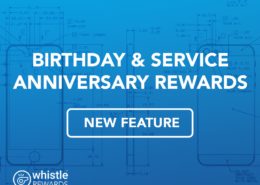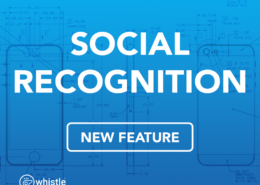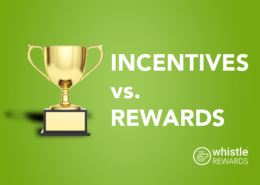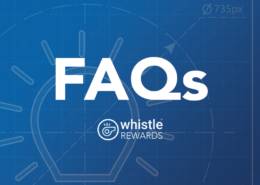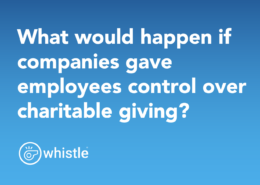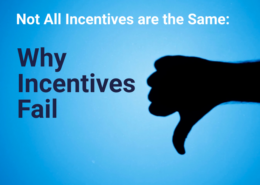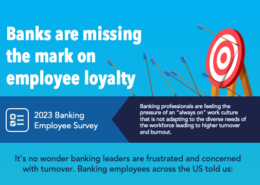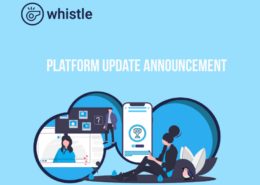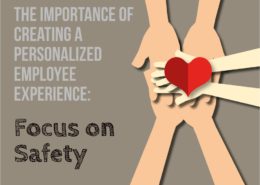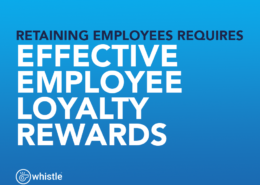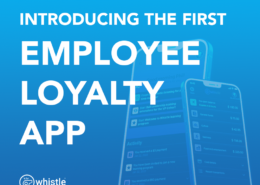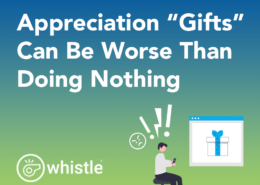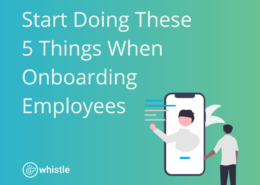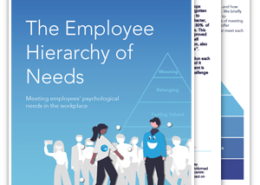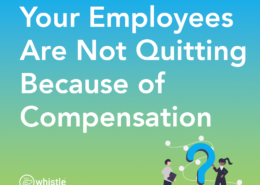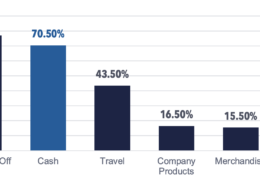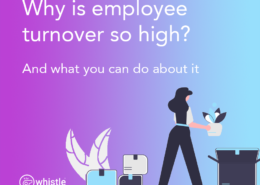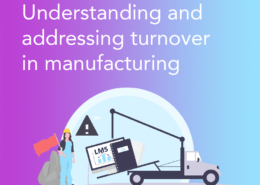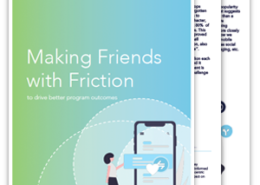Most leaders focus on the wrong retention problems – are you?
Low retention rates are a major drag on any organization. Finding, recruiting, interviewing, and hiring new employees is expensive, but what’s worse are the hidden costs in losing the employees who were already trained and up to speed. The problem compounds when the constant turnover cycle becomes part of your company culture. When everyone just gets used to seeing new faces every few months, it sends a subconscious signal to each employee that they aren’t expected to stay long either — and the cycle begins again.
Combating high turnover is a cause that any business leader can get behind. However, most don’t know how to attack it. This is not a problem you can just throw money at and hope it goes away. It takes deliberate, focused attention and a long-term measurement strategy.
Why Focusing on Culture is More Effective than Retention
Retention is the end result, but the cause starts much earlier. Therefore, in order to improve retention, it is necessary to focus on the employee experience, starting at the day they are hired. Culture means creating an environment where employees feel valued and empowered.
Culture is the only path to creating sustained improvements in turnover. To start, invest in employee onboarding, training, and development. In addition, take the time to genuinely get to know each team member and what motivates them.
Many employers are misled by exit interviews. The employee tells their now-former employer that they are leaving for a higher salary elsewhere. That may be true, but there was already a cause for that employee to look for the new job. Making a sustained impact in retention means having a company culture where people don’t look to leave in the first place. Research from Gallup found engaged employees are 59% less likely to seek out a new job or career in the next 12 months.
By focusing on culture and the experience you provide for employees, your retention rates will steadily increase.
The Role of Company Culture in Employee Retention
Company culture is a major factor in employee retention. In fact, research shows 79% of workers say company culture is an important job satisfaction factor. It is key that your culture is one that resonates with your team.
Culture is more than an office holiday party. It is about creating an environment and experiences that your employees love. A strong culture is based on core values that employees identify with and feel passionate about – whether it is innovation, customer service, or something else.
Make sure to clearly communicate to employees what your company culture is and how they fit into it. Also, practice what you preach by reinforcing cultural values through everyday actions. Senior staff have to be beacons of the culture, not exceptions.
Cultivating a positive culture will help you not only retain existing employees but also attract new recruits. This means that creating great company values and reinforcing them throughout the work environment is essential.
The Value of Employee Development in Retention Efforts
Employees need to feel that their work and their contribution are valued and appreciated. Investing in employee development, such as career coaching, rewards and recognition, and training programs, can help ensure that everyone is on the same page and that everyone is empowered to do their best.
This is a key area to stop employee churn before it starts. As Benjamin Franklin famously said, “An ounce of prevention is worth a pound of cure.” Employees want to continually learn and grow. As soon as they feel stuck, they will find that growth at a different company.
Development programs should also help create an environment where employees feel like their growth and potential are nurtured and supported. When employees feel that their potential is recognized, they are more likely to remain loyal to an organization.
The Role of Communication in Retaining Employees
One often overlooked area is internal communications. A good communications strategy is not just about telling your employees about the next holiday or bake sale, it is a two-way highway of information that makes each employee an active participant in the overall company.
Transparent communication from managers to employees helps build trust, loyalty and engagement. It also helps maintain a consistent message and culture, enabling everyone to contribute to the growth of the organization. This helps everyone feel “in the loop” and connected to the company. Think about coaching a sports team. A good coach communicates the strategy and goals to the team, and is honest about where things are going well and going poorly. A player won’t be very successful if their coach never tells them where they need to improve or what strategy they are going to use in the next game.
Communication is not just a top-down activity either. When employees feel like their opinions are valued, they are more likely to stick around. A consistent, open dialogue with employees helps make sure everyone feels heard, respected, and engaged. Go to any company’s page on Glassdoor and scroll through the negative reviews — look for how often “leadership doesn’t listen” shows up.
How to Measure the Success of Your Retention Strategies
As the old adage goes, “What gets measured, gets managed.” The first step in creating an effective retention strategy is to accurately measure your current rates. Employee retention rate is typically measured as the percentage of employees that are staying with your organization after 12 months, but for many businesses, the 12 month window is too long. It is helpful to measure retention across many windows — one month, three months, six months — to get a better picture of when employees typically churn out.
Further, look at these retention numbers for different departments, office locations, and seniority levels. Try to turn your overall retention problem into a more focused, specific goal. For example, instead of “I want to improve retention,” your problem statement should be more like, “I want to improve our 3-month retention rate for our warehouse employees in Texas from 45% to 55%.”
It is also important to note that retention rates are slow to change. It is not like a marketing campaign, where you can spend more money today and see more impressions tomorrow. If you are using a three month window as your measuring stick, that means any changes you make today won’t show up in your retention data until three months from now. This is why it is important to make a defined goal and get leadership buy-in towards that goal. It keeps everyone aligned and sets clear expectations that this strategy is not a quick fix.
WHISTLE, THE EMPLOYEE LOYALTY APP
There are many factors that influence employee loyalty but Whistle is the first employee loyalty app specifically designed for that purpose. By leveraging Whistle and integrating with other programs, Whistle can help companies improve both their top and bottom line.
In a recent case study, Whistle helped a manufacturing company reduce turnover by 26% in just 90 days through a redesigned onboarding program. Whistle’s employee loyalty app brought the company’s on-boarding process into the digital age and put it in every employee’s pocket. Employees raved about the mobile-first experience and cash reward system.
Companies are using Whistle to help people-managers improve relationships with their direct reports, rethinking incentives and rewards, and even changing their approach to culture – building a more inclusive workplace and helping to attract quality candidates.
Contact us for a free demo and better understand how much you can improve employee loyalty when using an employee loyalty app!
Forget the Bells. You Just Need Whistle.
Overwhelmed? Let us help you build a better onboarding experience, improve leadership training, or find innovative ways to appreciate your people — start by speaking to a consultant for free.









